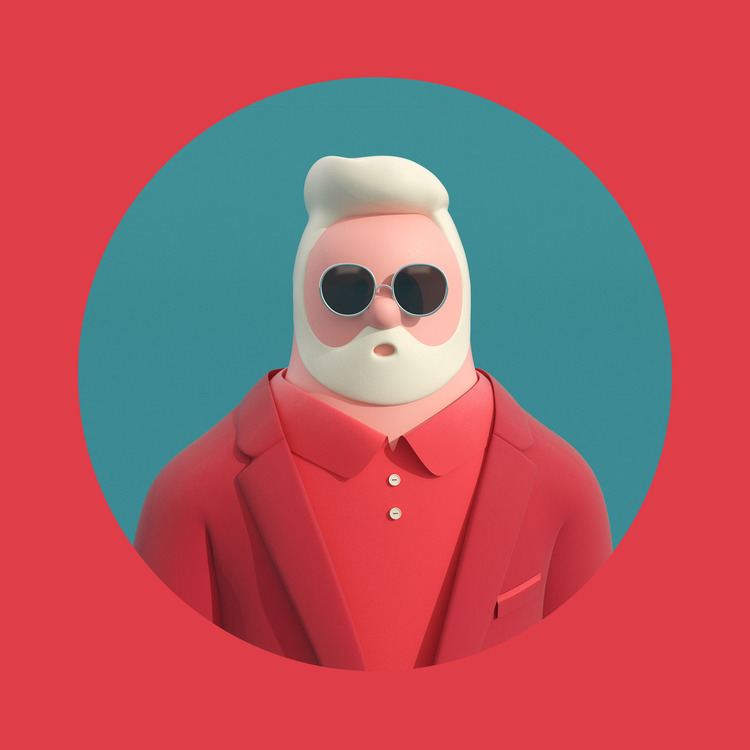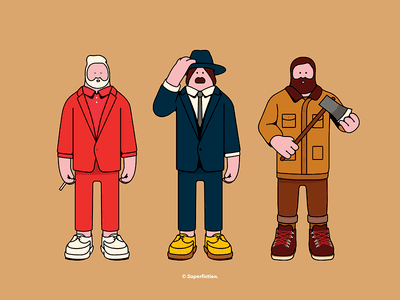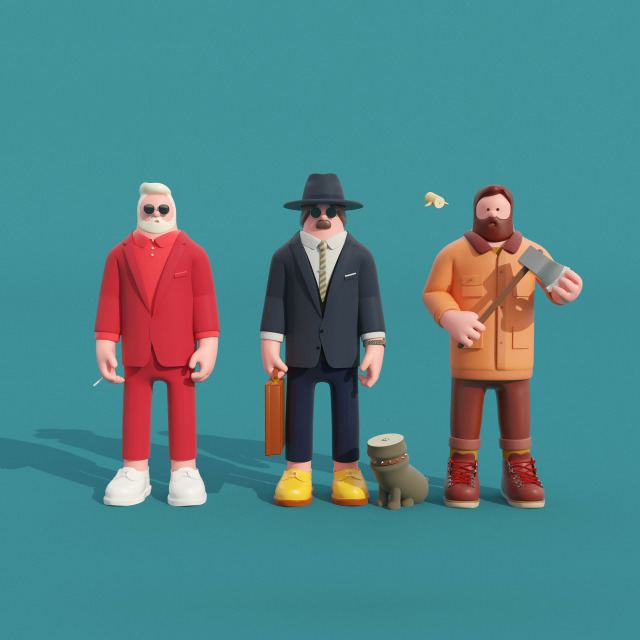 | ||
Cold superfiction full album
A superfiction is a visual or conceptual artwork which uses fiction and appropriation to mirror organizations, business structures, and/or the lives of invented individuals (Hill). The term was coined by Glasgow-born artist Peter Hill in 1989. Often superfictions are subversive cultural events in which the artwork can be said to escape from the picture frame or in which a narrative can be said to escape from the pages of the novel into three-dimensional reality. While this may involve a moment of deception regarding the origin, background and context of the presentation, or the veracity of claimed facts, deceit is only a method, intended to condition the observer's perception in a certain way, and it is not the ultimate goal of this artistic practice. Superfictions explore the interaction between the observer's concepts and the actual "objective" evidence that is presented; this is fundamentally analogous to e.g. arranging lines on a two-dimensional sheet to create a perspective illusion, even though the actual works of superfiction often are perceived to push the boundaries of what is considered to be "art".
Contents
- Cold superfiction full album
- Johnny muzik x superfiction collaboration
- The Museum of Contemporary Ideas
- Roots and precedents
- Practice
- References

Johnny muzik x superfiction collaboration
The Museum of Contemporary Ideas
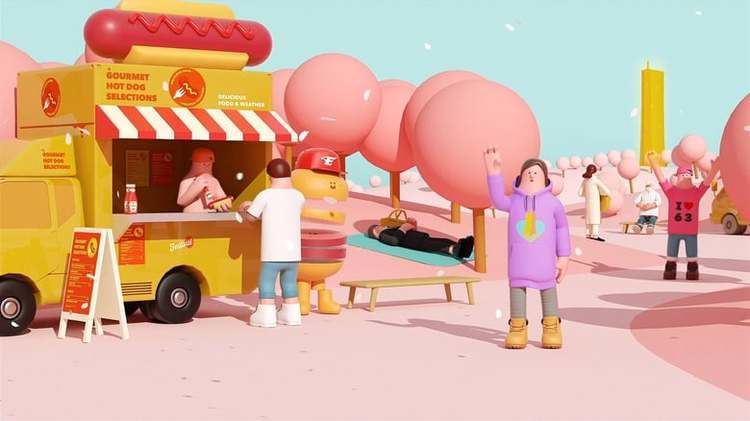
In 1989 Peter Hill created his fictive Museum of Contemporary Ideas on New York's Park Avenue, complete with its billionaire benefactors, Alice and Abner "Bucky" Cameron who supposedly made their fortune from the Cameron Oil Fields in Alaska. Press releases were sent around the world to news agencies such as Reuters and Associated Press and a range of magazines, newspapers, museums, critics and specialist journals. The German Wolkenkratzer magazine believed the museum to be real and printed a story about it. As a result its editor, Dr Wolfgang Max Faust was asked to chair a meeting of German curators and industrialists to see if Frankfurt could build an even bigger multi-disciplinary museum than The Museum of Contemporary Ideas.
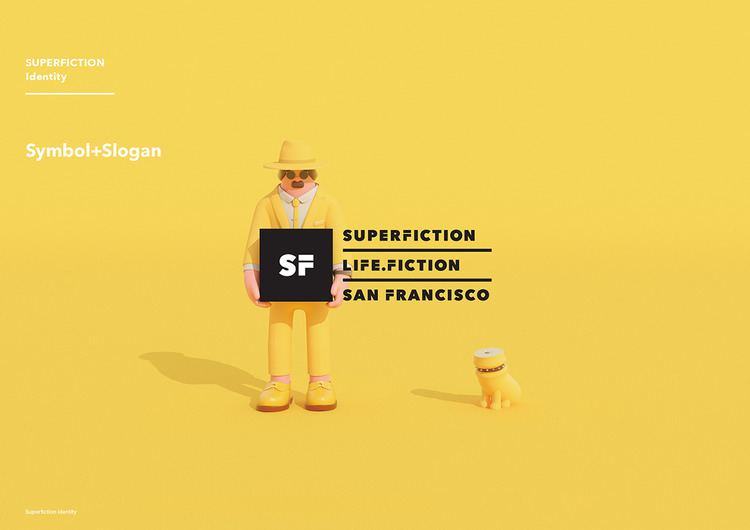
The characters within the Museum of Contemporary Ideas were later "turned" into another Superfiction called The Art Fair Murders and traces of both were exhibited in the 2002 Biennale of Sydney, (The World May Be) Fantastic, curated by Richard Grayson.
With its "Encyclopedia of Superfictions", Hill's Web site is something of an information hub on methodologically related artworks.
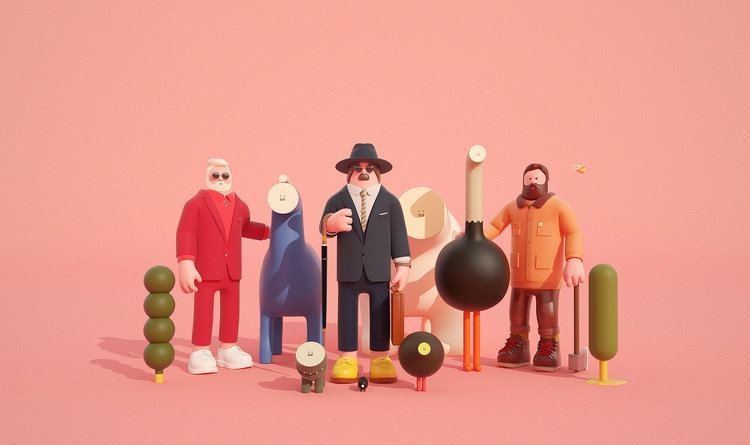
Probably the first curated exhibition of superfictions was "For Real Now" (De Achterstraat Fondation, Hoorn, Netherlands) in 1990 [1].
Roots and precedents
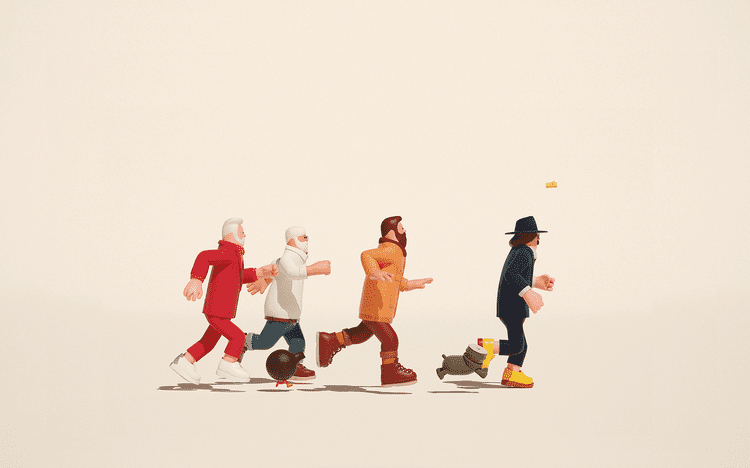
The practice of intentionally blurring the boundaries between fiction and fact has many precedents. Perhaps the best known of these is Orson Welles' adaptation of H. G. Wells' The War Of The Worlds which was broadcast in the style of a breaking-news report in October 1938, and lead many to believe in an ongoing Martian invasion despite a broadcast disclaimer.
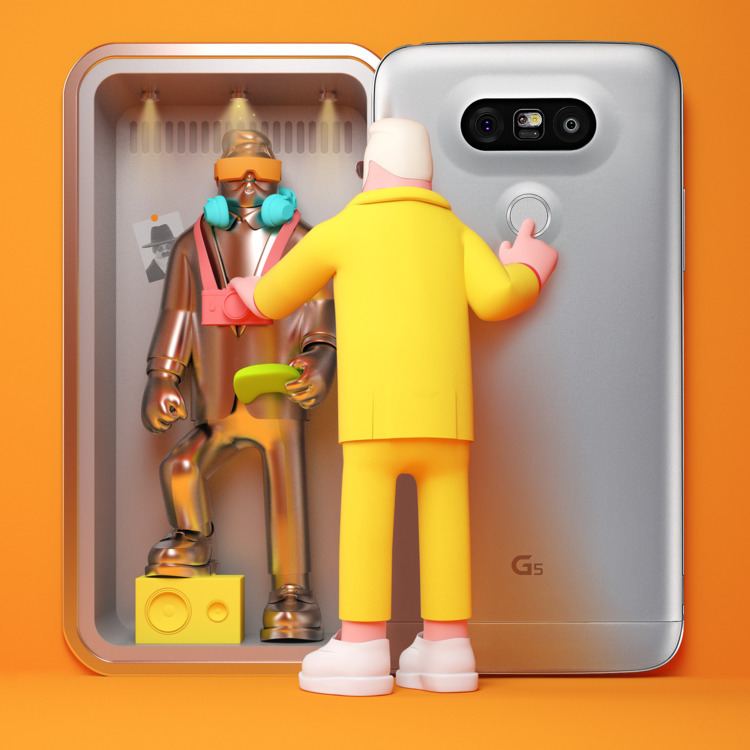
Another example are the "snouters" Nasobēm (or Rhinogradentia), an order of animals invented by the German poet Christian Morgenstern in 1905 and then introduced into scholarly publication by the (fictitious) naturalist Prof. Harald Stümpke (1957).
Practice
Artists employing superfictions as a focus or significant part of their practice include:
